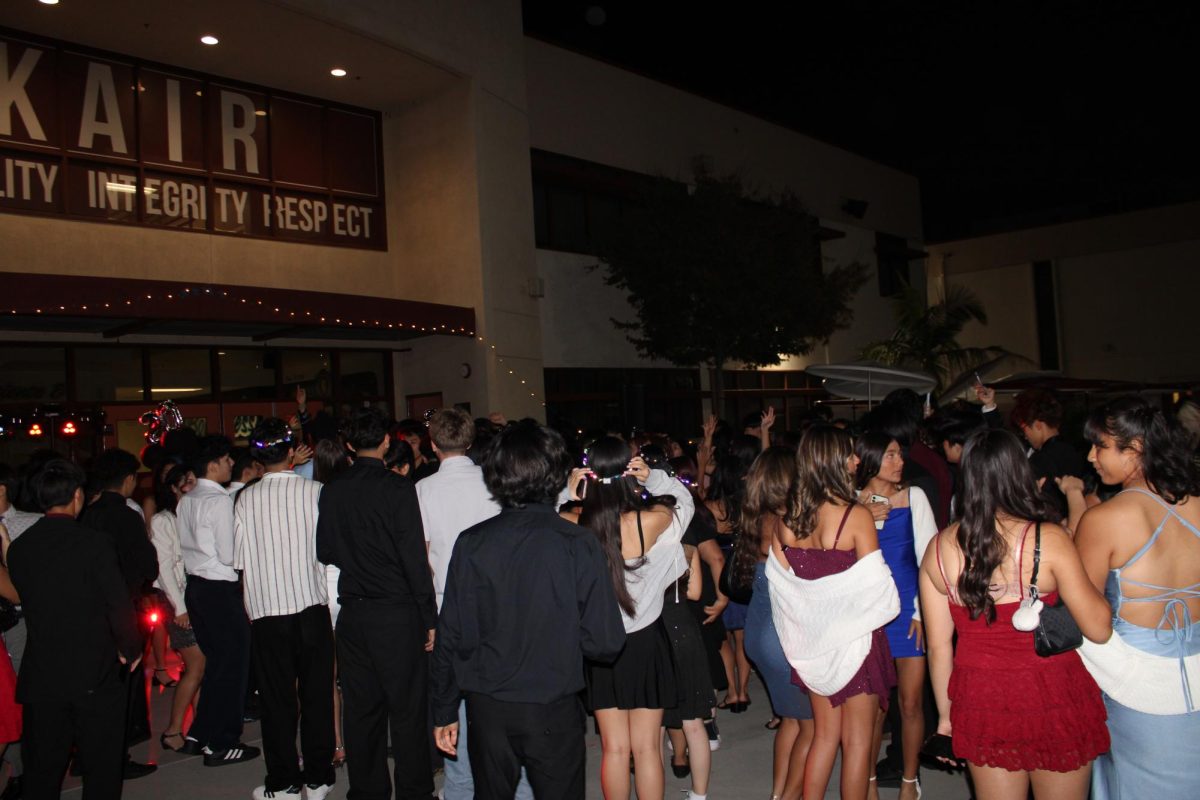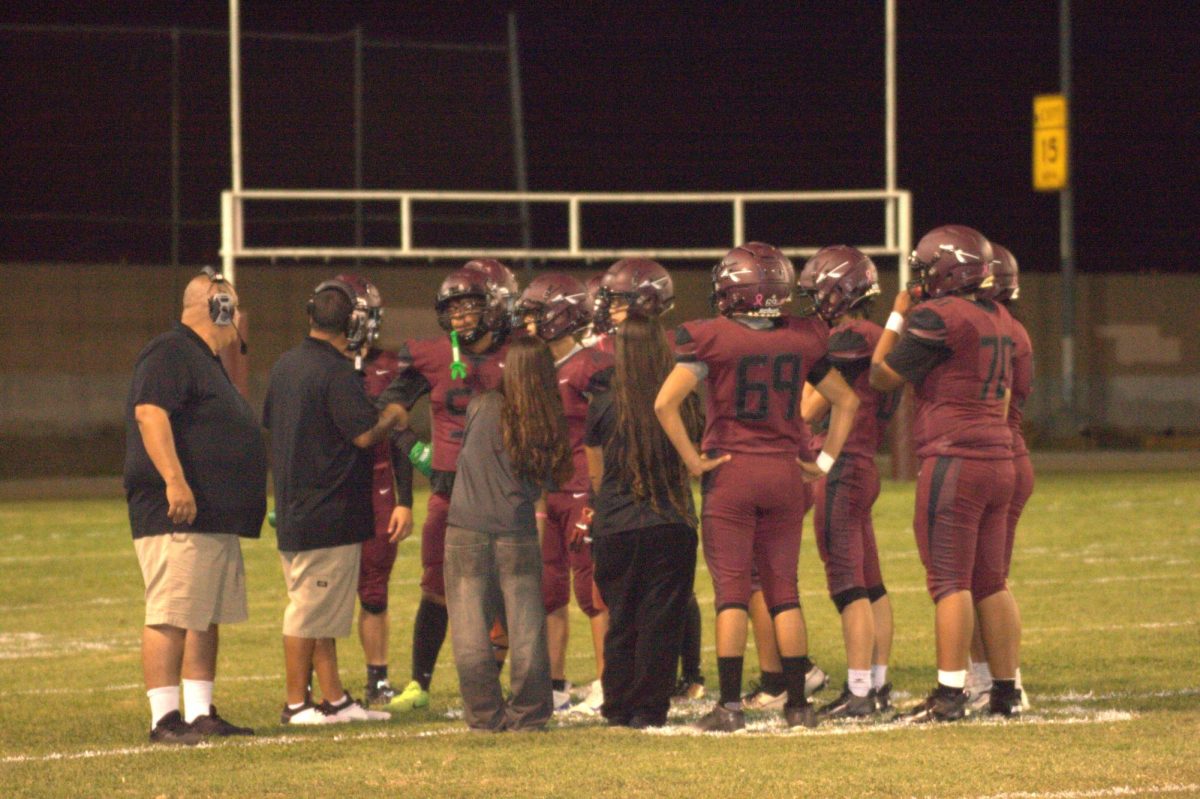Recent news of the United States first moon landing mission in 51 years has been announced as a failed attempt. Private business, Astrobotic, successfully launched the long-awaited spacecraft, Peregrine Mission One, from Cape Canaveral Space Forces Station in Cape Canaveral, Florida on January 8 after a decade of constructing it. Despite such a fortunate start, seven hours after the launch it was announced that there was a critical fuel leak, jeopardizing the plans of a safe landing.
In the process, the rocket used to launch the lunar lander Peregrine Mission One, more commonly known as Vulcan Centaur, was developed by the United Launch Alliance. The Vulcan rocket was made to possess the abilities of both Delta IV and Atlas V, two older rocket models, at a lower cost. The rocket itself is made of 10 parts. This first stage of the mission was successful, however the Peregrine lander experienced an “anomaly” shortly after. The Peregrine lander was unoriented and needed an improvised maneuver to help it back on course. After the maneuver was considered successful, the team noticed the fuel leak, which put the mission in jeopardy.
Astrobotic and the United Launch Alliance weren’t the only ones involved in the Peregrine lunar lander. NASA contributed to the project with a $108 million contract with Astrobotic under the Commercial Lunar Payload Services program. The program allows NASA to support privately owned space companies in return for carrying NASA payloads. However, according to the program, NASA is in the position of a customer and did not work on the project themselves or have any say in what other payloads the lander would hold.
The Peregrine lander possessed five scientific instruments from NASA and 15 other payloads, including rocks from Mount Everest, Mexican toy cars, and human remains of space enthusiasts. The human remains were provided by Celesti and Elysium Space, companies providing memorial spaceflights. Called the “Tranquility Flight” by Celesti and “Elysium Lunar 1” by Elysium, half of the remains are stationed in the lunar lander itself while the other half stayed on the second stage of the Vulcan rocket. This decision faced criticism from the Navajo Nation, as the moon is sacred to many Indigenous cultures.
With the original mission no longer possible, Astrobotic shared a statement of their current plans, “The team is working to try and stabilize this loss, but given the situation, we have prioritized maximizing the science and data we can capture.” The Peregrine’s progress and the successful operation of the 10 scientific instruments stationed on it have Astrobotic engineers optimistic, however Peregrine is also considered to be on a track towards Earth and will most likely burn up in the atmosphere. The last time the United States underwent a moon-landing mission was in December 1972 and now January 2024.





















